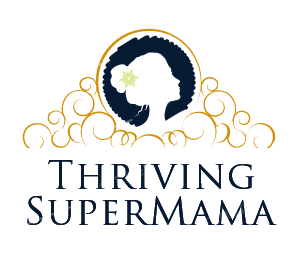Up until the #MeToo movement, women all over the world were being sexually harassed at their places of work but none came forward because they would either be turned away, fired or continued being harassed. The movement was not only shunned but also misunderstood for making big men lose their jobs whereas the main objective was to tell the survivors tale. At least that was Activist Tatiana Burke’s mission 10 years ago. When Alyssa Milano, an actress, picked up the campaign two years ago, she sought to ‘give people a sense of the magnitude of the problem.
Workplace harassment is quite common and can turn a great working environment into a toxic and unproductive. Sometimes harassment at work gets reported while other times these cases go unreported because the victims might not be aware of what measures up to harassment. The #MeToo positively impacted workforce because between 2016 and 2018, the number of sexual harassment cases reported reduced significantly. More and more organizations enacted new rules to protect their employees and interns against this vice. The movement increased awareness of harassment and more people became aware of the different forms it assumes.
Harassment comes in many forms, from age, sexual orientation to ‘quid pro quo.’ Sometimes it is a rub on the thighs by your boss, other times it is colleague hurling insults at you. But the most common type is sexual harassment. Nevertheless, harassment becomes unlawful when allowing this discrimination to continue becomes a condition for continued employment and then it becomes so severe such that the workplace becomes hostile, intimidating and abusive. Some countries have a different and even broader definition of harassment where fat-shaming also falls under this category.

Components of workplace harassment are not limited to unwanted sexual advances. They include offensive jokes, slurs, offensive pictures, assault, ridicule and intimidation. It is important to note that petty annoyances and nuisances might cause disturbance but are not illegal by law. Harassment can take place during a job interview where employers should not ask discriminatory questions unrelated to the job such as race, gender, marital stats, age, disabilities, ethnic background, country of origin or sexual preferences. Some interviewees can use ask for some favor in return to give a candidate a job, whether sexual in nature or not. This is referred to as ‘quid pro quo’.
It is possibly hard to define harassment at times. Different situations may present as uncomfortable at work for us but not really measure as harassment. It is even harder to draw the boundaries for acceptable behavior. Rules in organizations should provide clear guidelines on how far is too far. A friend, recently was sharing with me how she wanted to quite her job. Her boss always lashed insults at her, belittled, ridiculed and shouted at her. while I was encouraging her to quit her job because I felt she was being overworked and her boss was toxic, I totally failed to see this as work harassment. Her boss discriminated against her for having a degree. She would from time to time remind her how her degree was useless, and that whatever she failed to do even a class eight dropout could do, and do it even better. This discrimination and ‘picking’ on her had turned her job hostile, intimidating and abusive, which is synonymous to harassment.
Being a working mum can be one hella task. And while at it, trying to show up as your best self you might encounter instances that would turn the whole experience sour. While it is important to understand the laws against sexual harassment in an organization is it also necessary to know how far is too far!
Sylvia Omondi – Co-founder Thriving SuperMama

